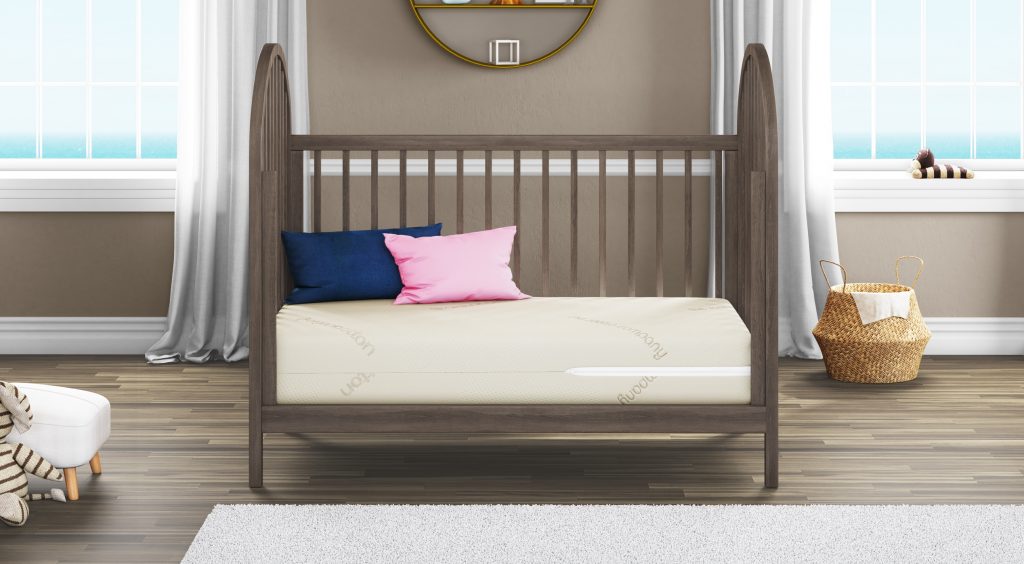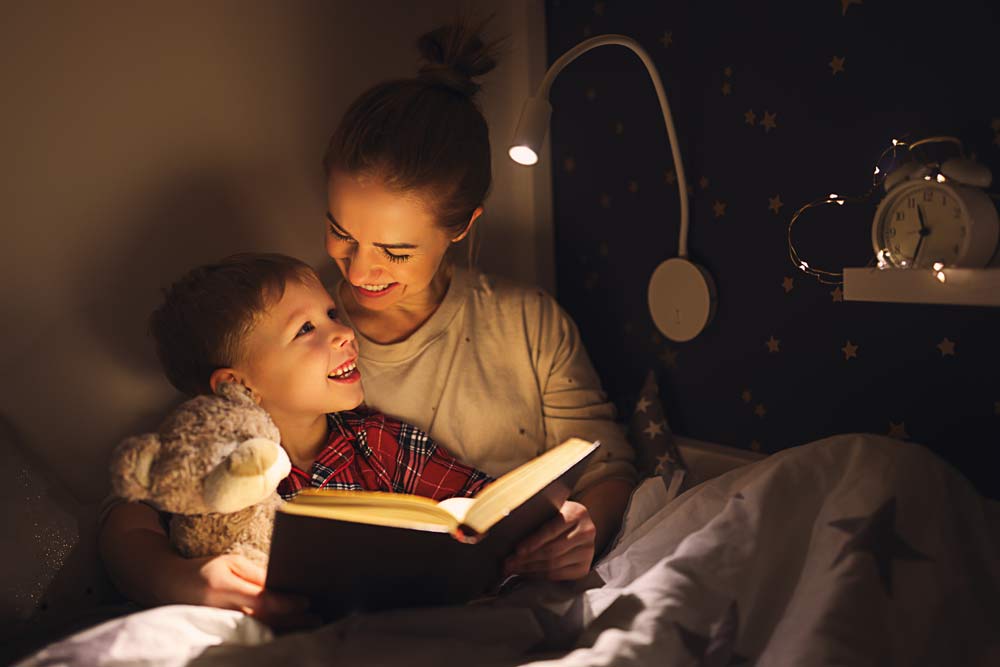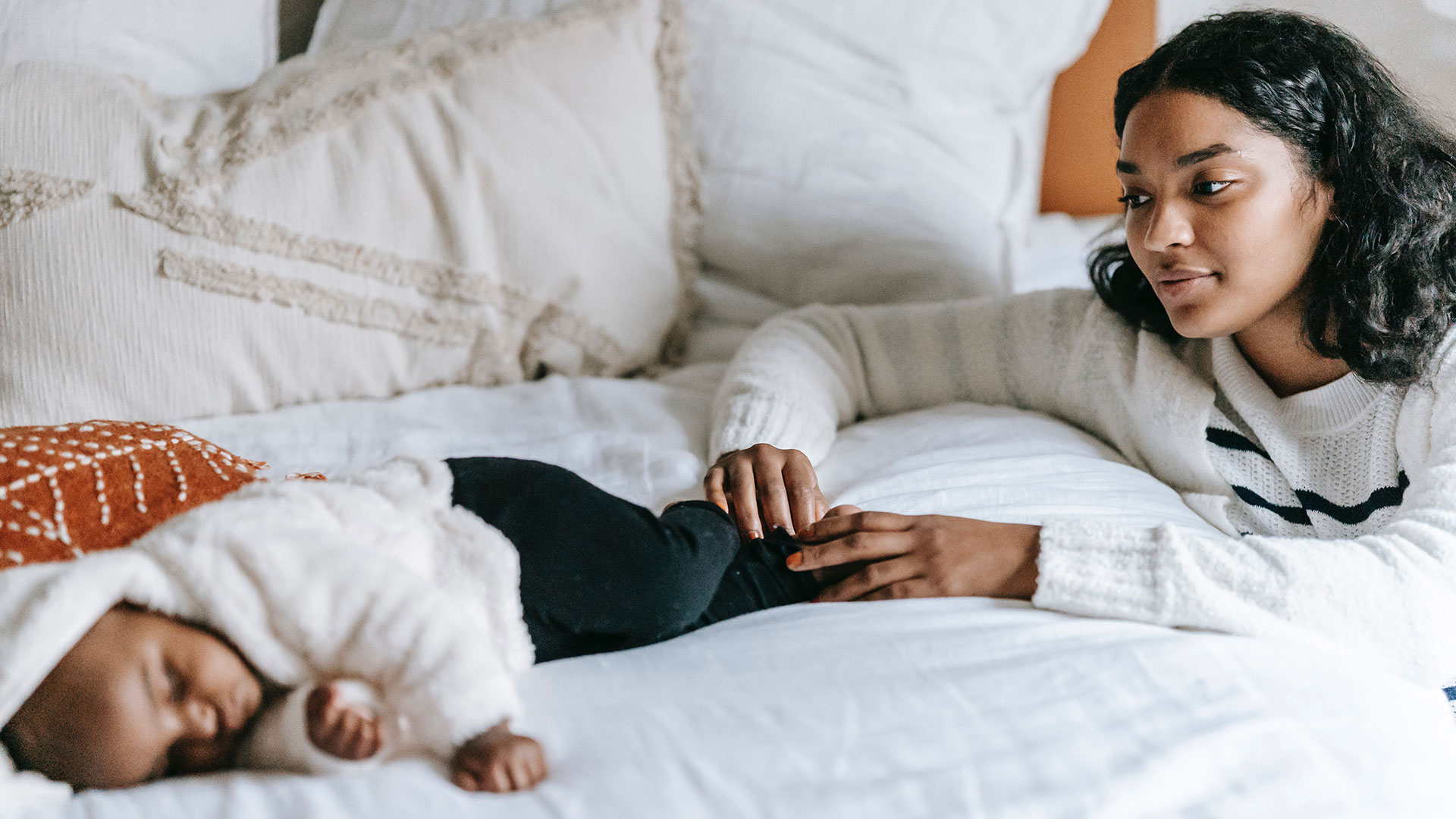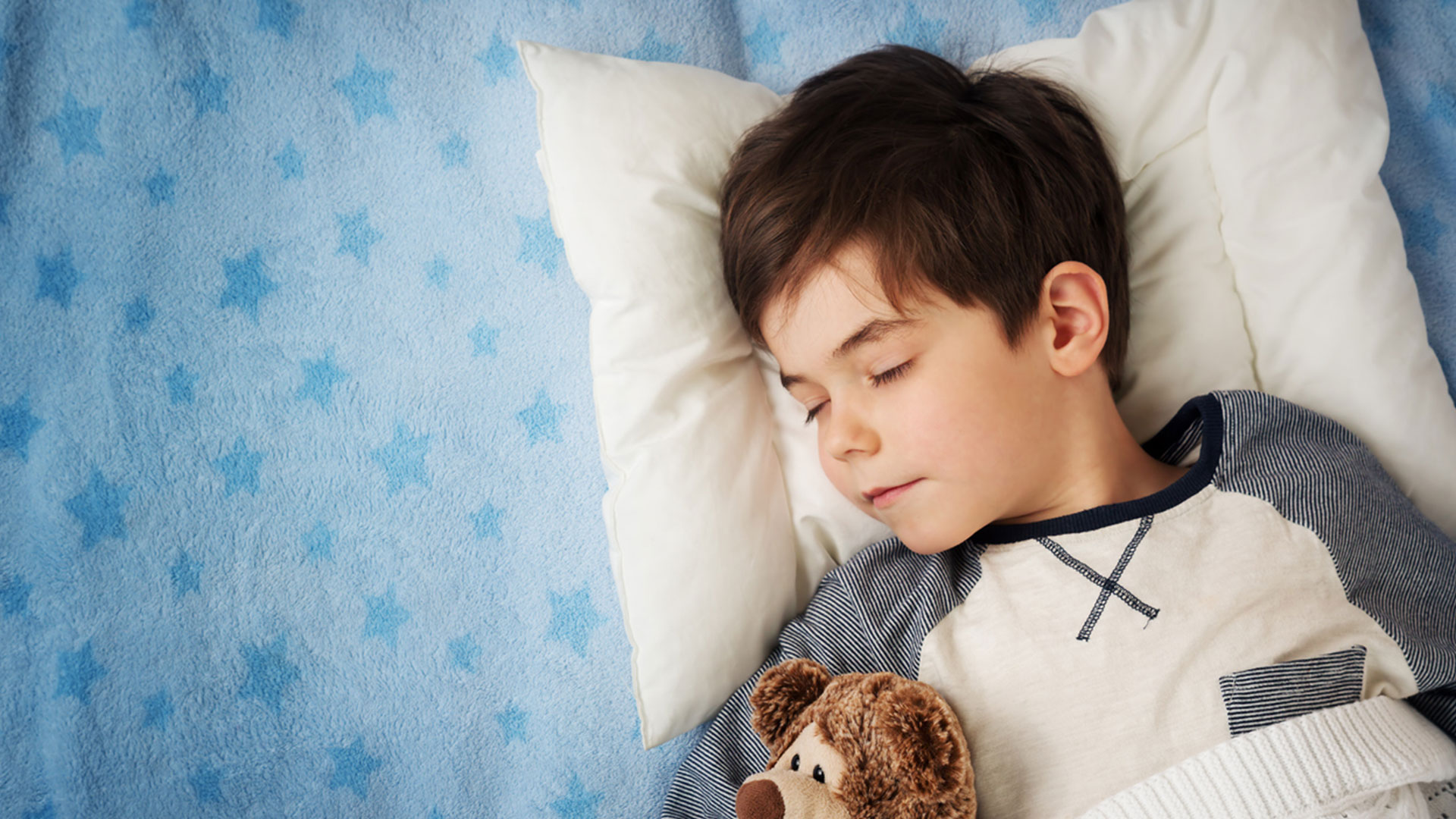
Nothing gets the internet in a tizzy like perceived parenting taboos, and celebrities are often the target of intense collective judgment. Jenna Bush Hager, the co-host of NBC’s Today With Hoda & Jenna, was the subject of debate back in October over her admission of still keeping her 4-year-old son, Hal, in his crib.
Bush Hager recently spoke out about the mom-shaming she encountered afterward, saying that he finally transitioned — and it all happened without her help (1). According to Bush Hager, during a COVID-19 quarantine stint, her son was “free” of her influence and told his father, Henry, that he was ready for his big boy bed, leading her to question whether she’s “too overbearing.”
Dr. Harvey Karp, a pediatrician, childhood development expert, fellow with the American Academy of Pediatrics, and author of the famous Happiest Baby on The Block, says knowing when to transition your baby or child from a crib to a bed depends on a lot of factors. “Some kids are climbers and explorers, trying to hoist a leg up and over the crib at 18 months, but others are little homebodies and are perfectly happy to snooze in their protected crib space well after their 2nd or even 3rd birthday,” he says.
How To Tell If Your Child Is Ready For a Bed
According to Karp, there are two main developmental factors to consider when deciding when to transition your tot to a toddler bed — safety and potty use. “If you’ve caught your tot plotting a crib escape, then you need to transition them to a toddler bed ASAP,” he warns. So, if you catch junior trying to hoist a leg over the top rail and the mattress is at its lowest level, it’s best to transition to a bed. “You do not want your little one vaulting themselves over the crib rail, risking a bad injury,” adds Karp. Be sure to check out Sleepopolis’s list of the best kids’ mattresses on the market right now.
Just when this will happen will be unique to your child. “Every child is different, so this may happen early or later depending on many factors such as the child’s height, activity level, curiosity level, and other aspects,” says Reena B. Patel, a parenting expert, psychologist, and Licensed Educational Board Certified Behavior Analyst.
Until you can make the transition, remove fall dangers like sharp cornered furniture, and put cushy fall protection around the bed. Another consideration is your child’s potty-training status. If your child is in training — or showing that they’re ready (like pulling off their overnight diaper) — it’s time to give them easy access to the toilet, which means sleeping in a toddler bed.
According to Karp, little kids start being able to resist nighttime peeing at 3-4 years of age, and about 80 percent of 5 years old are dry overnight.
If safety and overnight potty training aren’t concerns yet, figuring out when to graduate to a toddler bed is, essentially, a “dealer’s choice,” based on their child’s needs, the safety of the bedroom, and their personal parenting preferences.
Another overlooked sign it’s time to make the switch? Your kid asks for it, as the case was with Hal. “[Communication] is an often ignored aspect because parents tend to want to have control over much of their child’s activities at this young age. Listening to your child about their wants and needs can often guide what is best for them,” explains Matthew Schubert, Licensed Professional Counselor, Child Specialist, and CEO at Gem State Wellness.
Karp also suggests taking a minute to consider if your tot is currently following a bedtime routine and respecting your nighty-night rules. “For example, if you’ve established a “two stories and a lullaby before beddy-bye” rule and your tot abides with no fuss, that’s a clue that they may be ready,” he says.
How Can Parents Influence the Transition To a Bed?
First, it’s important to try to avoid transitioning when another big change is in the works, like a new daycare or a little sibling, says Karp. If you are expecting and your tyke is old enough to be in a toddler bed, it’s often best to make the move before the baby comes. “Otherwise, plan on waiting a couple of months until after your tot gets used to the new invader,” adds Karp.
Karp says parents can do a few things to get themselves and their child ready for the transition. “Create a safe space, for example, covering electric outlets, moving window cords out of reach, covering any sharp corners, and putting up gates to keep toddlers from getting into some crazy 3 a.m. chaos.” Parents can also help their toddlers get ready by learning some tips to be more patient and cooperative, which can be found on Dr. Karp’s Happiest Baby website.
Schubert recommends starting off with a few naps before making the switch to full nights in a new bed. Using simple words of encouragement and offering to stay in the bed with them until they fall asleep the first few nights can be a great next step, according to Schubert.
Tips For Encouraging Hesitant Kids
Here are some tips from the experts for encouraging a less-than-willing youngster to look forward to a big bed.
- Use a sound machine or nightlight that gives a signal when it is okay for your tot to come out of bed.
- Read books about sleeping in bed — and make your own special Beddy-Bye book featuring pictures of family members (and even pets) asleep in their beds.
- Allow your child to help pick out special items for the big transition, like fun sheets, a stuffed toy to snuggle with, and/or a new nightlight.
- Create fairy tales about sleeping in the big kid bed where the protagonist is worried about saying “bye-bye” to the cozy crib but ends up loving their new bed.
- Get your child used to the new bed before it’s time to snooze in it at night. Use the bed as a cozy spot for quiet play, relaxing massages, storytime, and napping.
- Gossip (a Happiest Toddler technique) is surprisingly effective for helping tots 15 months of age and up learn the rules. When your tot is in earshot, whisper some praise about their impending transition to your partner, a teddy bear, or even a pet.
- For toddlers 2 and up, try a star chart. Pick two things they’re already doing well (maybe brushing their teeth or putting toys away), plus one new behavior you want to encourage (in this case, perhaps getting into their new bed without a fight or staying in bed all night). Reward success with a sticker. Once they get 10 stars, they get a special little reward.
Potential Impacts of Delaying the Crib-to-Bed Transition
Parents have enough stressors to deal with without taking on the guilt of any so-called negative effects of a “late” crib-to-bed switch. According to Karp, as long as you are okay with the arrangement — and your child is happy, safe, sleeping well, and able to use the potty if they’re trained — there’s not a huge downside to allowing your child to linger in the crib longer than what’s “typical.” “Rest assured that you will not be moving a crib into your child’s dorm room,” says Karp.
While in some cases you may be able to simply follow your tot’s lead, the buck ultimately stops with parents. After all, there are times when parents need their child to relocate to a bed. For instance, a new baby may be on the way, and it’s not practical or affordable for parents to buy a second crib. And, of course, there’s the issue of safety. “If your child is escaping, you must transition regardless of your child’s opinion,” warns Karp.
Another concern is bedwetting. “Bedwetting is a major concern if they are potty trained but stuck at night and have no choice but to go in their cribs if they can’t hold it, which can lead to emotional distress and regressions,” warns Patel.
Support Your Child, Regardless of Parent-Shamers
Schubert says the way you raise your child is solely up to you, and listening to critics is a surefire way to be a poor role model for your child. “The best way to support your child is by listening to them, listening to what they say and also to what they do, and letting them guide these developmental transitions,” adds Schubert.
When there’s a bit too much advice and parent-shaming going on, Karp often encourages parents to smile and say, “Thank you!” and then do what they feel is best for their child and family. “Overall, your tot will have an easier time with the transition when you continue all the other familiar sleep cues that they expect, like tucking them in with their favorite lovey, playing white noise, and singing lullabies,” he adds
In the end, the best strategy is to be patient, just like Bush Hager. “Parents get lots of advice and hear what others are doing all the time. Each child is different and ready for different transitions at different times — you know your child best,” says Patel.

Expert-Recommended Bedtime Stories for Kids

I Thought I Needed Antidepressants For Postpartum Depression — Turns Out, I Just Needed More Sleep

Sleep Disorders in Children

Everything to Know About Montessori Beds, the Potentially Perfect Rising Trend for Kids and Parents Alike
Sources
1. The Today Show; “Jenna Bush Hager reveals her son, Hal, has moved out of his crib,” https://www.today.com/video/jenna-bush-hager-reveals-her-son-hal-moved-to-a-big-boy-bed-202297925622; January 18, 2024.
Karp, Harvey. Author interview. January 2024.
Patel, Reena B. Author interview. January 2024.
Schubert, Matthew. Author interview. January 2024.
